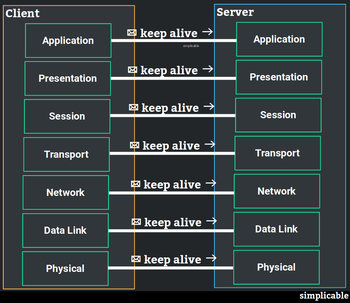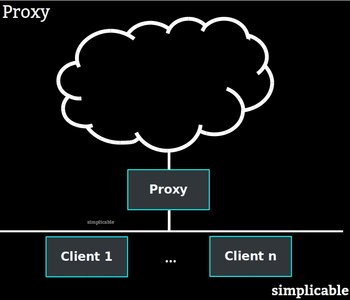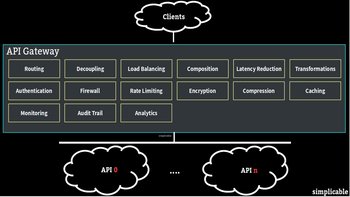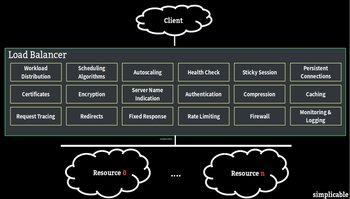
Bandwidth
Bandwidth is the maximum amount of data that can be transferred in a second based on the capabilities of your equipment and network. This can be viewed as a theoretical limit that only occurs under ideal conditions.Throughput
Throughput is the actual amount of data that can be transferred in a second based on network conditions at a point in time.Latency
Latency is the round-trip travel time of data between any two points on a network. This is measured as the time between request and initial response. Latency is mostly impacted by the geographical locations of endpoints. For example, a mobile phone in California will typically have lower latency to a server in California than a server in Australia.Quality of Service
Quality of service is a strategy used by network administrators and telecom companies to prioritize some types of traffic over others. This can increase or decrease network performance depending on the type of request. For example, a telecom company could slow down streaming media connections but speed up voice over IP.Error Rate
Networks commonly experience errors such as lost packets that reduce network performance. In terms of user experience, this can result in disruptions such as a voice over IP call with poor quality audio. Alternatively, an error rate may cause no problems from the user perspective as dropped requests are automatically re-transmitted. In this case, the user may notice that a connection appears to be slow.Goodput
Goodput is the throughput available to a system or application. For example, if a user is using 5 apps at the same time on a mobile device, each app would only have access to a small percentage of total throughput. Goodput also includes any quality of service or error rate impact on an application.Response Time
Response time is the time it takes a server to respond to a request. In terms of the user experience, it is very difficult to differentiate network performance from the performance of the service being requested. For example, if a network-based game is running slow it can be difficult to tell if it is a network problem or if the game server itself is overloaded with a slow response time.| Overview: Network Performance | ||
Type | ||
Definition | The speed of a network connection. | |
Related Concepts | ||


























